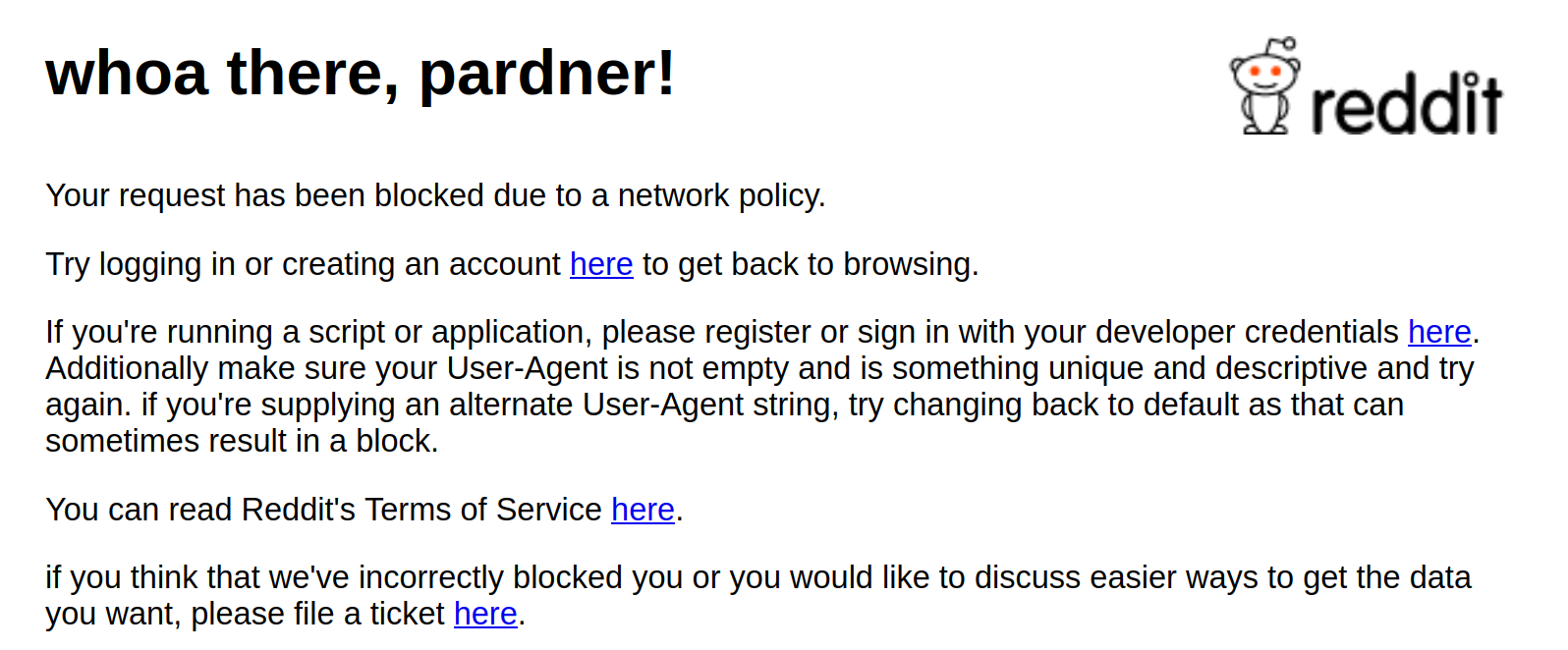

I have a habbit of searching my own name a few times a week and sorting by new, to check if my name appears somewhere. It makes sense to me, but I would be self-conscious about it if someone asked me why tf I am looking myself up so often as if I’m famous












I would think that that this is generally true when we zoom into a local economy. But is this true when we consider a global scale? If we were distribute the world’s wealth to people in proportion to the value generated by their labor, what would the spread be like?
Does a worker in the US or a wealthy EU country receive less than the economic value/profit that they produce when we spread value fairly across the international supply chain? I suspect that workers in rich countries are able to receive more than their “fair share” for their labor by benefiting from their country’s exploitation of resources and labor in poorer nations.
I am not stating this as fact. It is what I suspect, but I don’t know the numbers, and I am curious to learn what others think.